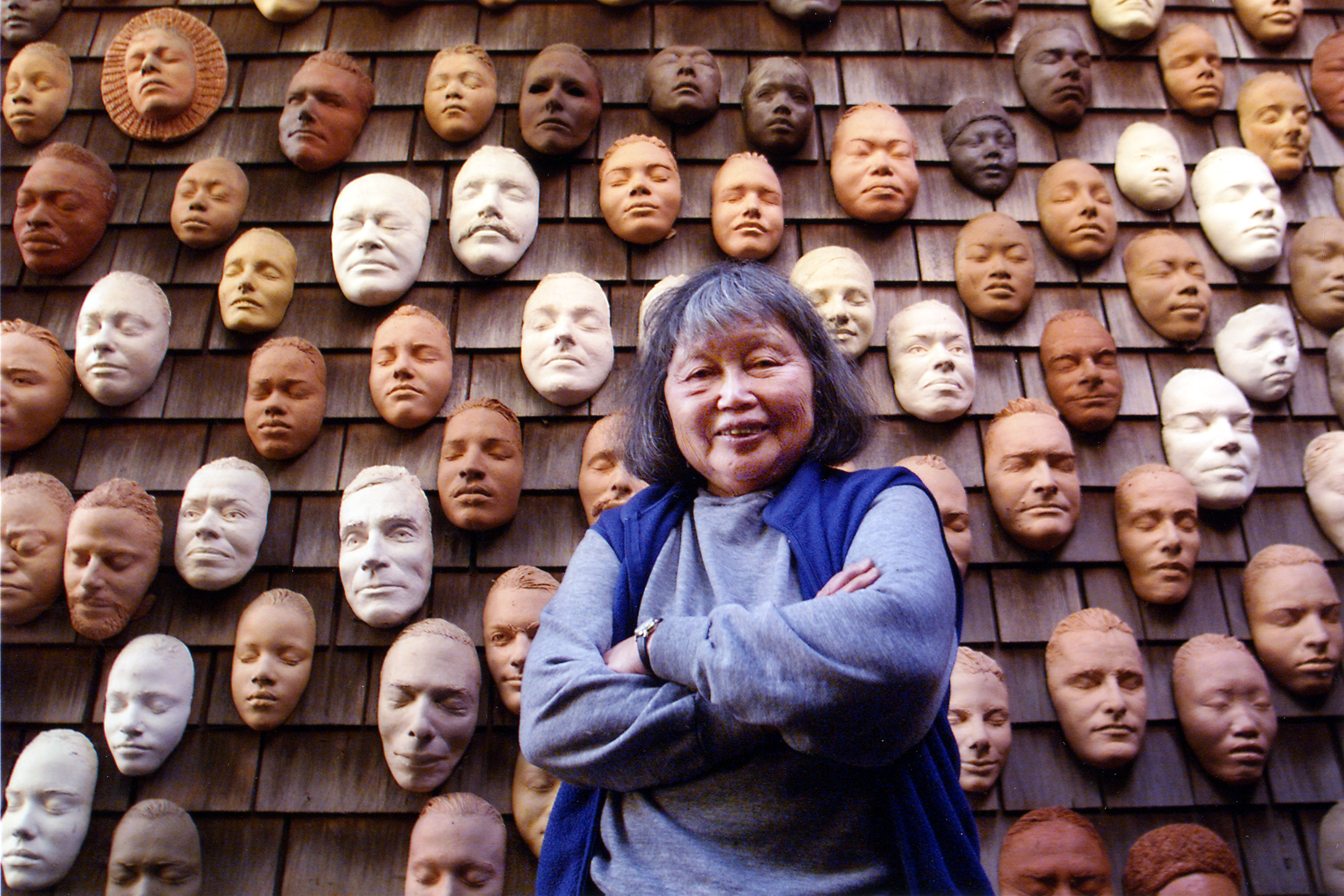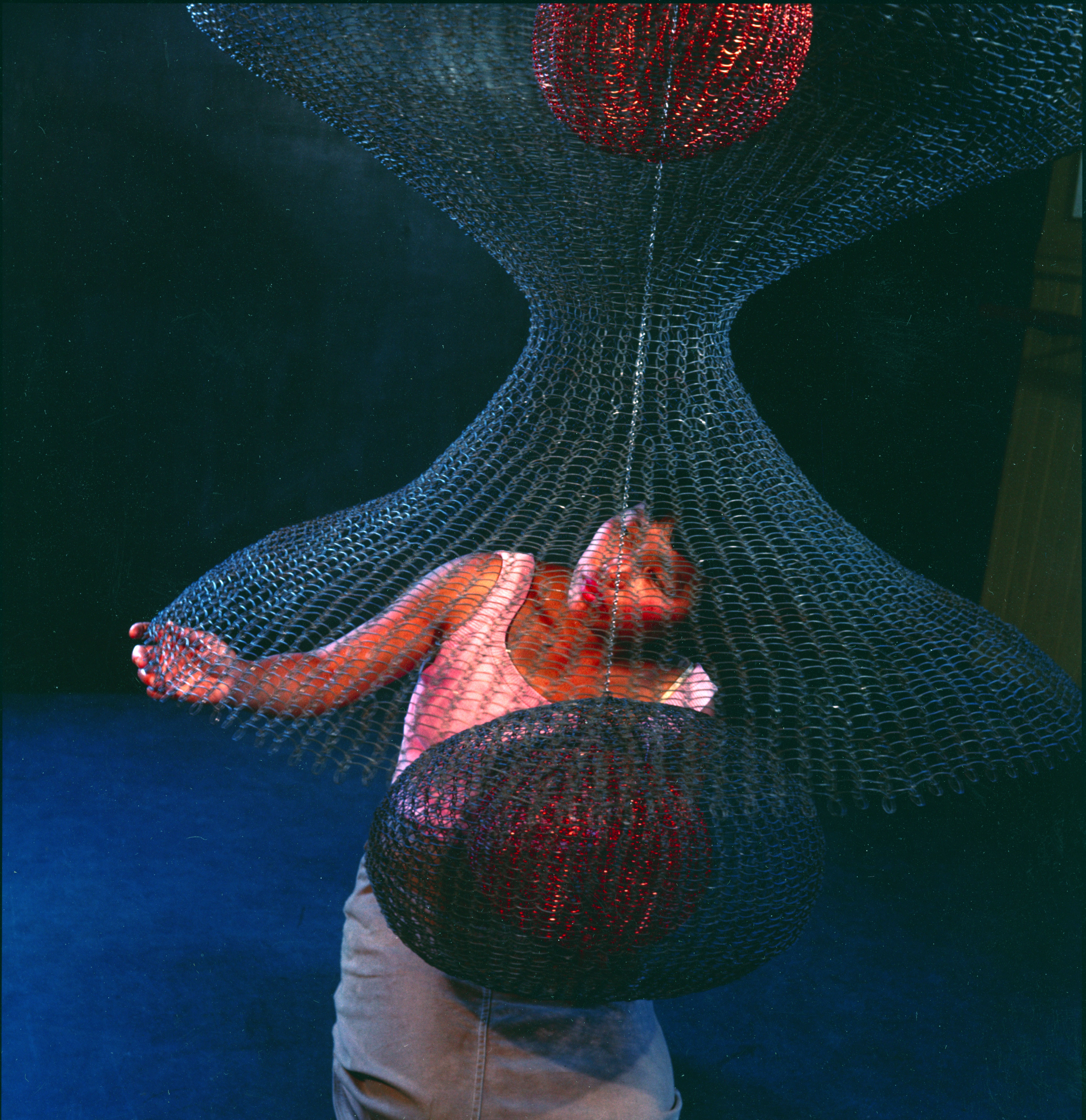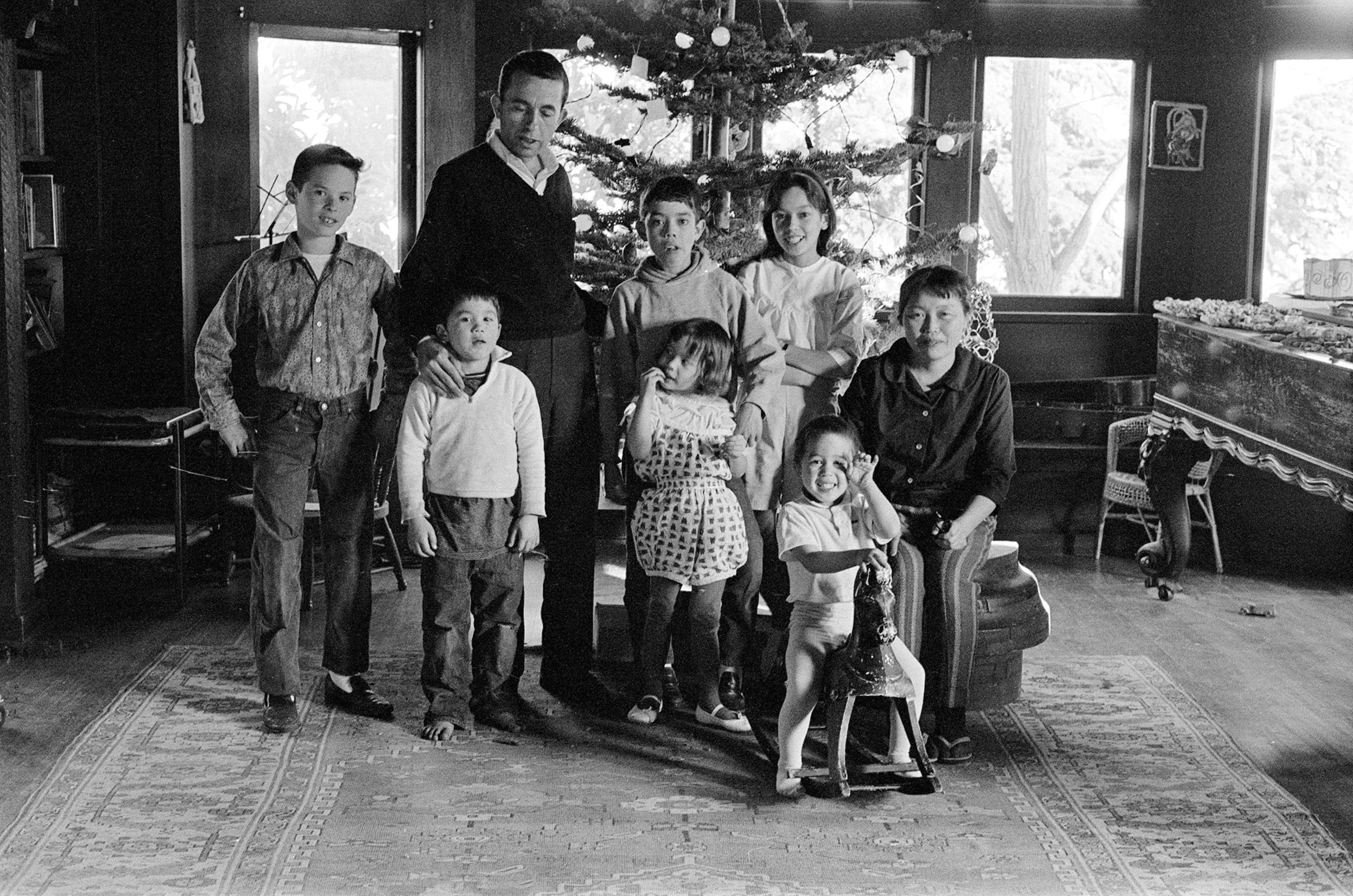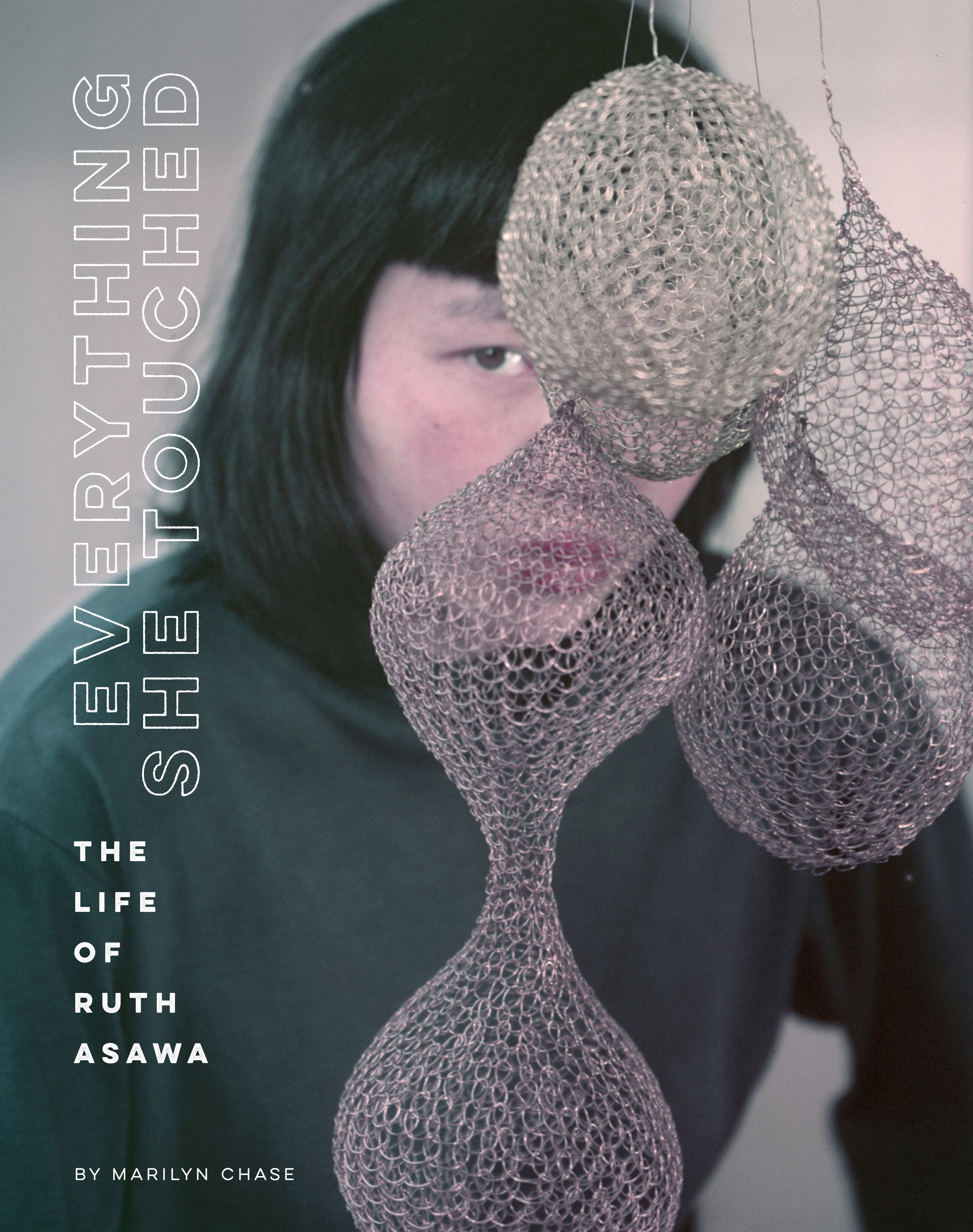Ruth Asawa’s Most Valuable Work: Arts Education
The artist, marked by the Japanese-American concentration camps, produced sculptures evoking barbed wire for pedagogical purposes.

'Everything She Touched: The Life of Ruth Asawa' - Courtesy of Chronicle Books
Through testimonies from critics and those close to Ruth Asawa, the biography released in 2020 by author Marilyn Chase takes a look back over the artist’s life; born in California in 1926 to Japanese parents, hers was a life marked by the Japanese-American concentration camps during the Second World War.
Drawing on her experience to educate her community
The book examines the origins of Ruth Asawa’s work: her trip to Mexico in 1947, during which she discovered basket weaving, which would form the base for her hanging sculptures made from iron, copper, aluminium, and brass wire. The author then looks at Ruth Asawa’s famous public installations in San Francisco, work marked by her experience of the Japanese-American concentration camps and their barbed wire.
Marilyn Chase draws on letters, intimate diaries, sketches, photographs, and the words of various people close to the artist, who passed away in 2o13, in order to pay homage to her. Beyond her body of work, Ruth Asawa left a legacy of a major contribution to community arts education, particularly through her participation in founding San Francisco’s public High School of the Arts, which was renamed the Ruth Asawa San Francisco School of the Arts in 2010. Everything She Touched: The Life of Ruth Asawa brings together over 60 reproductions of photos of the artist’s work and archives. The portraits, taken by photographer Imogen Cunningham, with whom she shared a close relationship, show her at work, surrounded by her six children.
Spatial abstraction and social engagement
Marilyn Chase’s book emphasises the importance of Ruth Asawa’s social engagement like never before. Thus, as Hyperallergic notes, the biography includes edifying remarks from the artist’s daughter, Aiko. When she asked her mother what she considered ‘her life’s most important work’, she replied ‘the schools.’
Her fountains are now a symbol of San Francisco, and her spatial abstractions adorn MoMA and the Whitney Museum. In April 2020, the US Postal Service produced a series of ten stamps featuring different pieces by the artist.
Everything She Touched: The Life of Ruth Asawa (2020), a biography written by Marilyn Chase and published by Chronicle Books, is available in English only.

'Everything She Touched: The Life of Ruth Asawa' - Courtesy of Chronicle Books

'Everything She Touched: The Life of Ruth Asawa' - Courtesy of Chronicle Books

'Everything She Touched: The Life of Ruth Asawa' - Courtesy of Chronicle Books

'Everything She Touched: The Life of Ruth Asawa' - Courtesy of Chronicle Books
TRENDING
-
The Tattoos that Marked the Criminals of the Edo Period
Traditional tattoos were strong signifiers; murderers had head tattoos, while theft might result in an arm tattoo.

-
Paris, Tokyo: Robert Compagnon
With his co-chef and talented wife, Jessica Yang, Robert Compagnon opened one of the top new restaurants in Paris: Le Rigmarole.
 3:31
3:31 -
Chiharu Shiota, Red Threads of the Soul
Last year, more than 660,000 people visited the retrospective 'Chiharu Shiota: The Soul Trembles' exhibit at the Mori Art Museum.

-
‘Before Doubting Others, Doubt Yourself. Who Can Truly Say a Dish Isn’t What It Used to Be?’
In ‘A Non-Conformist’s Guide to Surviving Society’, author Satoshi Ogawa shares his strategies for navigating everyday life.

-
The Story of Sada Yacco, the Geisha who Bewitched Europe
Described by Dazed magazine as the first beauty influencer, she has been restored to her former glory since 2019.





